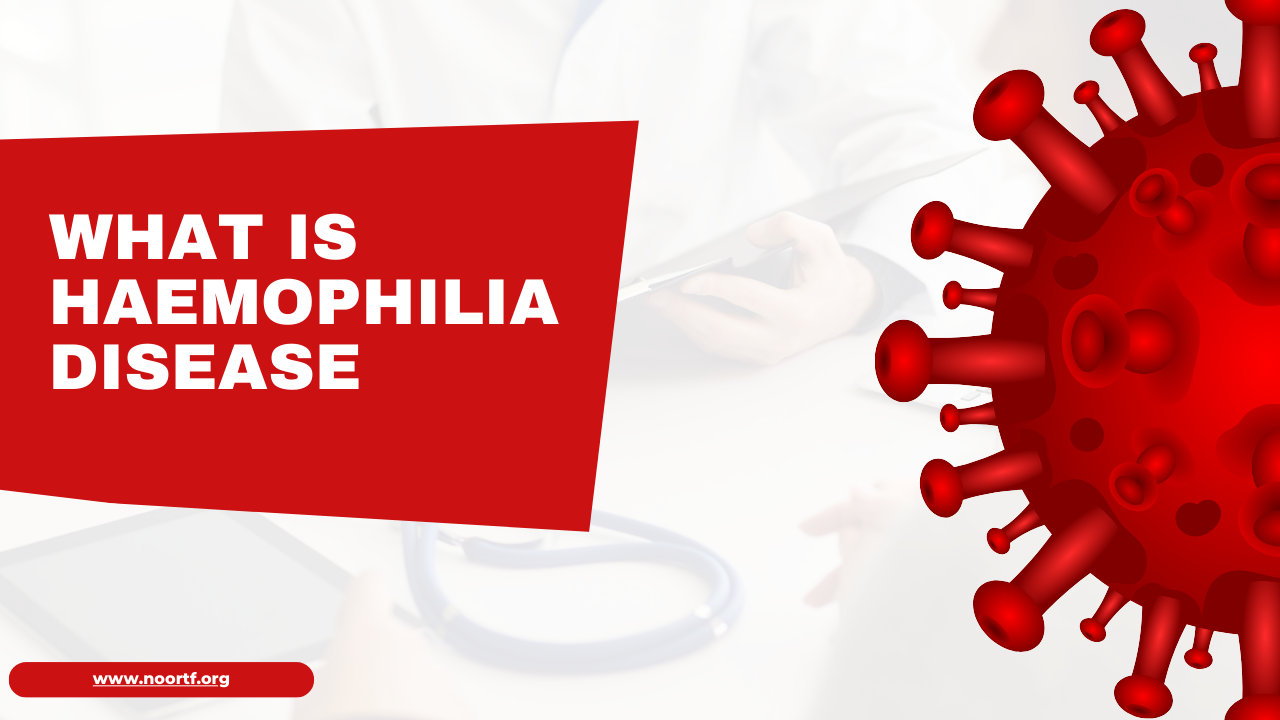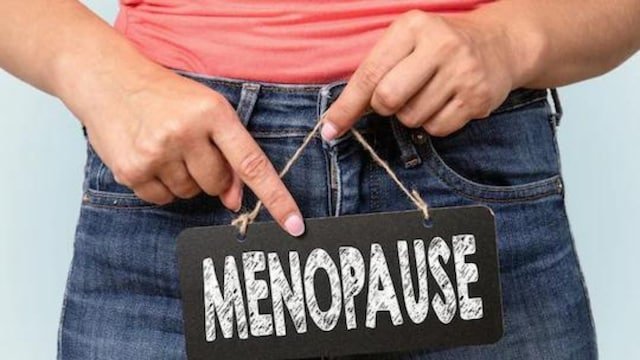Haemophilia is a genetic disorder characterized by the inability of blood to clot normally due to a deficiency of certain clotting factors. It is primarily caused by a mutation in the genes responsible for producing clotting factors VIII (Haemophilia A) or IX (Haemophilia B). This disorder leads to prolonged bleeding, both externally and internally, which can be life-threatening if not managed properly. Men are more commonly affected, while women are typically carriers.
The severity of haemophilia varies depending on the amount of clotting factor present in the blood. Patients with severe haemophilia may experience spontaneous bleeding, while those with mild or moderate forms typically bleed after injuries or surgeries. The symptoms include excessive bleeding from cuts, frequent nosebleeds, blood in urine or stool, unexplained bruises, and joint pain due to internal bleeding.
Treatment for Haemophilia
Managing haemophilia involves replacing the missing clotting factor through regular infusions, aiming to prevent or control bleeding episodes. The treatment plan varies depending on the severity of the disease:
- Replacement Therapy: This is the most common treatment, involving the infusion of clotting factors directly into the bloodstream. The clotting factor can be sourced from human blood plasma or produced synthetically through recombinant DNA technology. For patients with Haemophilia A, factor VIII is infused, while for those with Haemophilia B, factor IX is used. Replacement therapy can be used for both prophylactic and on-demand treatments, depending on whether the goal is to prevent or stop ongoing bleeding episodes.
- Desmopressin (DDAVP): In mild cases of Haemophilia A, Desmopressin can be used to stimulate the body to release more factor VIII. It is often administered via injection or nasal spray, offering a less invasive approach than replacement therapy.
- Emicizumab (Hemlibra): Emicizumab is a newer option used mainly for Haemophilia A. It is a monoclonal antibody that mimics the function of factor VIII, promoting clot formation. Unlike replacement therapy, it is administered subcutaneously, making it easier for patients to manage their treatment.
- Gene Therapy: Gene therapy is an innovative treatment under development that aims to insert a functioning copy of the defective gene into the patient’s liver cells. It is considered a potential cure, allowing patients to produce clotting factors independently.
- Physical Therapy: To address joint damage caused by frequent internal bleeding, physical therapy is often recommended. It helps improve mobility, relieve pain, and prevent further joint damage.
Noor Thalassemia Foundation: A Beacon for Haemophilia Treatment
The Noor Thalassemia Foundation (NTF) is a non-profit organization dedicated to providing comprehensive care for patients suffering from blood disorders like thalassemia and haemophilia in Pakistan. Established in 2015, NTF focuses on improving the lives of these patients through free medical treatment, awareness campaigns, and support services. The foundation stands out as one of the best centers for haemophilia treatment in Pakistan, thanks to its dedicated approach and commitment to making treatment accessible to those in need.
NTF offers state-of-the-art facilities, including free blood transfusions, medication, regular check-ups, and patient support services. Its holistic approach ensures that patients receive medical care and emotional and psychological support, promoting overall well-being.
Why Noor Thalassemia Foundation is Best for Haemophilia Treatment
- Comprehensive Care: NTF provides a full range of medical services, including diagnostic tests, replacement therapy, and supportive care, ensuring that patients receive timely and effective treatment. It has a dedicated team of healthcare professionals trained to handle complex cases of haemophilia, ensuring patients get the best possible care.
- Free Treatment for the Needy: One of the core missions of the foundation is to offer free treatment to underprivileged patients. Many patients in Pakistan cannot afford expensive treatments for haemophilia, making NTF a critical resource for those in need. By offering free clotting factor infusions, regular check-ups, and other medical services, the foundation plays a vital role in enhancing patients’ quality of life.
- Awareness Campaigns: NTF conducts regular awareness campaigns to educate the public about haemophilia, its symptoms, and the importance of early detection. These campaigns help reduce stigma and empower families to seek timely medical intervention. Additionally, genetic counseling is offered to help families understand the genetic nature of haemophilia and plan accordingly.
- Blood Donation Drives: As a blood disorder treatment center, NTF regularly organizes blood donation drives to maintain a steady supply of safe and reliable blood for transfusions. This is crucial for haemophilia patients who may require emergency blood infusions during severe bleeding episodes.
- Community Support: Beyond medical treatment, NTF offers support groups for patients and their families, providing a platform for sharing experiences and coping strategies. This sense of community helps patients feel less isolated, enabling them to manage the psychological impact of living with a chronic condition.
How Noor Thalassemia Foundation Utilizes Donations
Noor Thalassemia Foundation operates purely on donations, making community support vital for its continued services. The funds collected are utilized for the following purposes:
- Medical Treatment: A significant portion of the funds is directed towards purchasing clotting factors, medications, and medical equipment needed for patient care. This ensures that patients receive continuous and effective treatment without any financial burden.
- Awareness Programs: Donations also help fund awareness campaigns aimed at educating the public about haemophilia and its management. These campaigns are essential in breaking down social stigma and promoting early diagnosis.
- Infrastructure Development: The foundation aims to expand its facilities to accommodate more patients and improve the quality of care. This includes setting up new treatment centers in underserved regions and upgrading existing facilities.
- Research and Development: A portion of the funds is allocated to research initiatives that focus on improving haemophilia treatment and exploring potential cures. This includes collaborating with international research bodies to bring advanced treatments to Pakistan.
How to Donate to Noor Thalassemia Foundation
Supporting the Noor Thalassemia Foundation is a meaningful way to make a difference in the lives of haemophilia patients. Donations can be made in multiple ways:
Online Donations: Visit the official website of NTF (noortf.org) to make secure online donations through debit or credit cards.
Bank Transfers: You can also donate directly to the foundation’s bank account. Details for local and international transfers are available on the website.
Cheque or Cash: Donations can be made via cheques payable to the Noor Thalassemia Foundation. For in-person donations, you can visit the foundation’s office in Lahore, Pakistan.
Zakat Contributions: The foundation accepts Zakat contributions, which are used to provide free treatment to eligible patients, ensuring that your charity reaches those who need it most.
Why Your Donation Matters
Donating to the Noor Thalassemia Foundation is not just an act of charity—it is a lifeline for many who are struggling to access medical care. With your support, the foundation can continue to provide free and effective treatment to haemophilia patients, making a significant difference in their lives. Every donation helps sustain this noble cause, ensuring that no patient is left untreated due to financial constraints.
By contributing to NTF, you are not only supporting the treatment of haemophilia but also promoting health equity in Pakistan. Your generosity ensures that patients receive timely medical intervention, proper management, and the chance to lead healthier, happier lives.



